Are you seeing white flakes in your scalp more and more often? We typically associate these flakes with dandruff, but it’s not always dry scalp that prompts flakes. Here’s what you need to know about flakes in your hair. For some people, the origin could be their beloved hair products.
The Difference Between Dandruff and Product Build-up
Let’s take a minute to differentiate dandruff from product build-up. You may be mistaking one for the other.
Dandruff is a common skin condition caused by an overgrowth of yeast on the scalp. It’s most common on oily scalps, and it’ll cause itchiness and dry flakes of dead skin. Because there is too much oil on the scalp, it causes the area to shed dead skin.
Product build-up is an accumulation of hair products on your scalp or in your hair. This occurs when you use a product that isn’t water soluble. In other words, water alone cannot break it up and remove it from your hair. The most common products that aren’t water soluble include those containing silicone or oil-based products. When you use these products, a film will build-up on your hair and simultaneously impact your scalp.
So, how do you tell the difference? These conditions can look highly similar.
- Dandruff is a skin condition that leaves irregular-sized yellow flakes on your scalp. If you have dandruff, you’ll find flakes falling on your shoulders or falling out of your scalp if you run your hands through your hair. Your hair will likely feel clean, but you can see the flakes.
- Product build-up produces flakes that stick to the hair rather than falling out. This is because the product is sticky and made to stick to the hair. Additionally, rather than full flakes of the product, you may find specs. If you use products with alcohol (i.e., hairspray or gel), then you’re likely to find white flakes. Product build-up can also be felt as your hair will be greasy.
Why Does Your Hair Flake with Hair Products?
Did you just try out a new product only to find your hair starting to flake? Flaking is so common (particularly with styling gels) that nearly everyone experiences it. That said, some curly girls may experience flaking more often than others. If you can’t seem to get the flakes to go away, there are some tips and tricks you can use.
1. The formula
Gels have polymer molecules that help your curls to clump together. As they dry, polymers provide a transparent film or “caste,” which give you the hold needed for a lasting style. Unfortunately, these polymer molecules aren’t flexible. With enough pressure, the caste can break, which lead to flakes.
You can compare these polymer molecules to a mirror. Once a mirror is broken, you’re left with a thousand tiny, shattered pieces of glass “flakes.” When product is in your hair overtime, it may be “shattered” by combs, fingers, etc. which will cause flaking.
2. The application
Application is a big reason why hair flakes from gel or leave-in conditions. If you’re being too heavy-handed with the products, then the product isn’t being absorbed throughout your hair. When the product dries, you’ll have a lot of easily broken transparent film waiting to become flakes in your hair.
How Do You Prevent Hair Flaking?
If you’re not loving the white flakes falling from your scalp (who would?), here’s how you can break the cycle.
1. Start with a clean slate
Sometimes products interact poorly with one another, and this causes more flaking than the products naturally would. If you want to see how much flaking a product actually causes, give your hair a good cleansing wash. Get out all the products and start fresh.
In some cases, incomplete rinsing can also cause flaking. So…don’t be lazy! Make sure you’re spending time scrubbing your scalp free of all the products that you used the previous week. You should also make sure that all the of the shampoo and conditioner are out of your hair as well. If you don’t rinse your hair well enough, you’ll leave behind product build-up, and this can produce flakes.
2. Apply product to damp hair
Damp hair allows the hair to better absorb the product. However, you must strike the middle ground between wet and dry hair. If your hair is soaking wet, then it’s easy for the product to slip off entirely. If your hair is completely dry, then it’s difficult for the hair to absorb into your strands at all.
3. Be consistent with the brands you’re using
If you’re having a lot of trouble with flaking, try not to mix and match brands. Many people think that brands simply produce leave-in conditioners and gels to obtain more of the market. And while it is beneficial for brands for you to purchase more of their products, it’s also best for your hair too. These products are created to work well together. In #5, we talk more about understanding how your products mix. If you use two products from the same brand, this isn’t something you have to worry about!
4. Section your hair
Sectioning your hair is often very necessary if you have medium or long natural hair. This allows you to ensure you’re covering the hair evenly. For example, if you took a big dollop of product and applied most of it to your scalp and little of it to your ends, then it makes sense that the excess product would dry and produce flakes. By sectioning the hair, most people pay more attention to the amount of product they’re applying and where they’re applying it.
5. Understand how your products mix
Most people with natural hair find that layering products produce the best results. This allows you to both moisturize your hair and style it simultaneously. However, some products don’t mesh well with others, and the constant mixing can cause flaking when chemicals collide.
Unfortunately, just because you know your products don’t necessarily mesh well doesn’t mean it gets easier to understand how to fix it. The best way to tell what doesn’t mix is with trial and error.
6. Leave your hair be
It can be difficult to resist putting your fingers in your hair or even running a comb or brush through your hair after applying styling products. But if you’re tempted, know that it can product more flaking, which will be much harder to remove later on!
7. Avoid using too much product
We touched on this in #4, but you should do your best to use only the product that’s necessary on your hair. If our product isn’t covering your hair, then try applying your product on damp hair if the product is water-based, then the water in your hair will allow the product to spread.
8. Follow the manufacturer’s directions
Read the instructions for a product to see when you should apply it (on wet or dry hair). Often, following manufacturer’s instructions will allow you to avoid flaking out. Yet, there are still times when you could follow the instructions exactly, and the product still won’t be a good fit for you. If this happens, don’t sweat it! Keep looking for products that give you your desired results.
How to Get Rid of Product Build-up
If you want to address flakes at their source, you can also start treating your hair and scalp for product build-up. Here are a few quick tips to help you get rid of the gunk.
-
Use a clarifying shampoo
A clarifying shampoo helps to remove dirt, oil, and products from the hair as it’s specifically formulated to remove buildup. We recommend integrating a clarifying shampoo into your routine every month (or twice a month if you use products heavily!).
Try this clarifying shampoo — Stimulating Herbal Cleanser.
-
Try an apple cider vinegar rinse
An apple cider vinegar rinse removes product build-up and dandruff from the scalp. While you can make your own, you can also purchase pre-made ACV rinses that’ll leave your hair smooth, shiny, and flake-free.
-
Create a baking soda scalp scrub
This is an at-home remedy that works wonders for your scalp. Mix two parts of baking soda with one part of water in a large bowl. Apply this paste this your scalp in a thick layer. Allow the paste to soak for up to half hour then rinse, shampoo, and condition your hair as usual.
-
Distribute shampoo with a scalp brush
Using a scalp brush will help you get a deeper clean as you shampoo. It’ll work hard to remove product build-up, dandruff, and dirt.
Are There Flake-Free Products?
Yes! There are flake-free products that products stellar results for both braids & edges. Consider using this Braids & Edges Smooth Holding Gel. This product holds hair in place for easy, smooth styling with a non-flaky, non-gummy, and non-greasy formula.
If you need tips for laying your edges, read this blog: How to Lay Your Edges.
Final Thoughts
Don’t just throw out a product if you’re beginning to shed some flakes! There may be reasons like application that are well within your control. However, if you’ve tried the steps above then consider trying a new product.
WRITE FOR US
Think you've got a fresh perspective that will challenge our readers to engage and educate themselves on how to attain a healthier self, hair and skin included? We're always looking for authors who can deliver quality articles and blog posts. Thousands of men and women will read your work, and you will level up in the process.
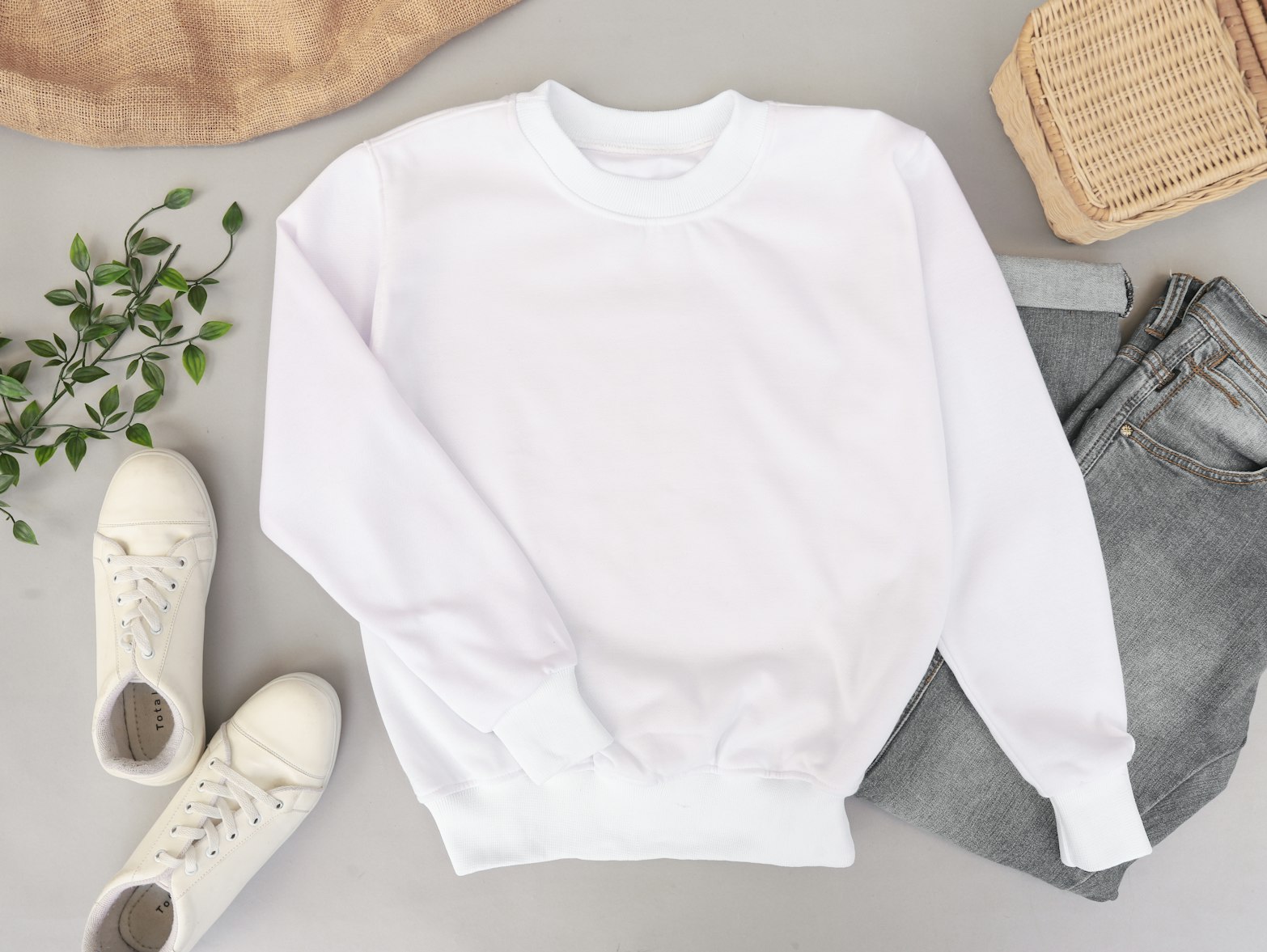
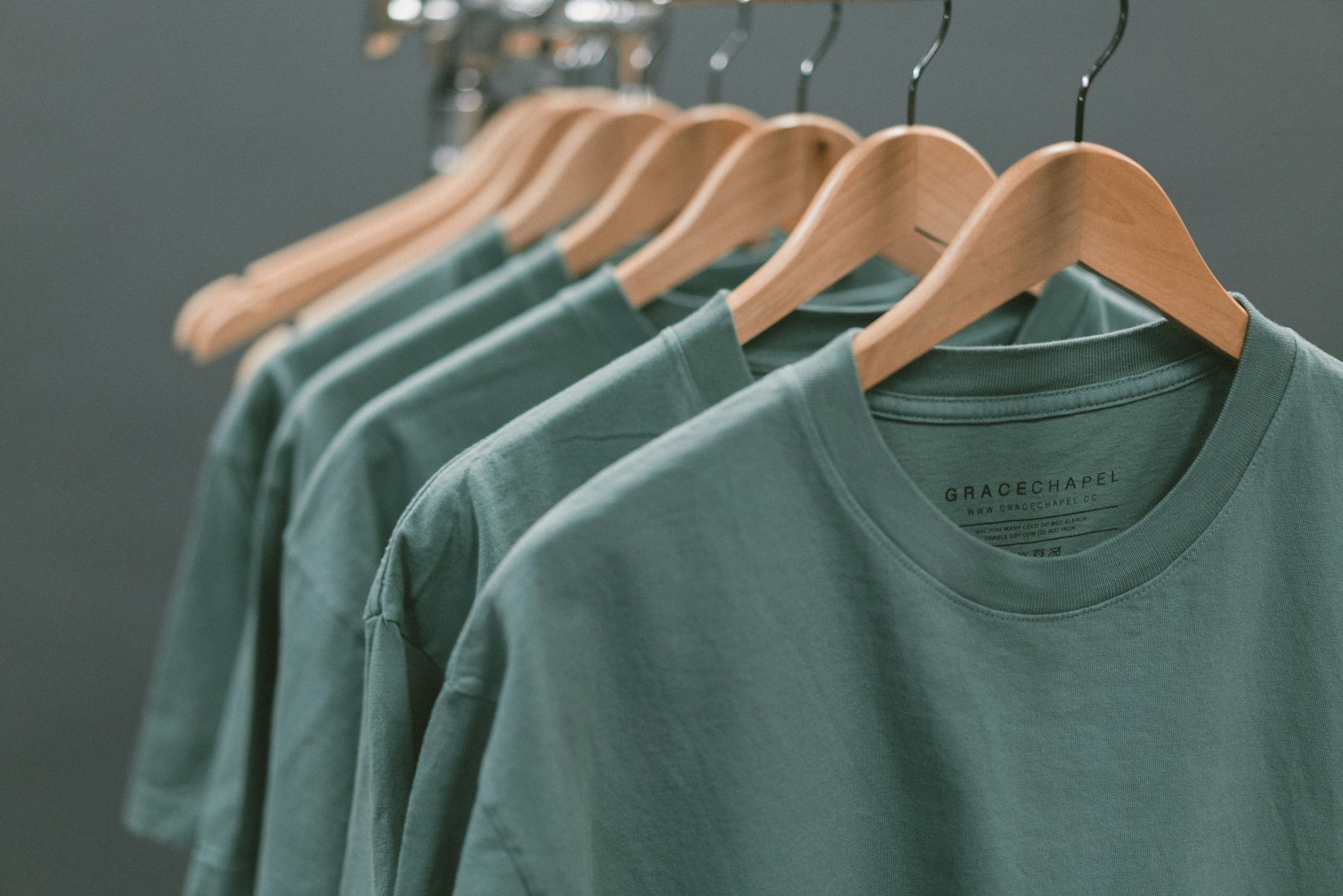
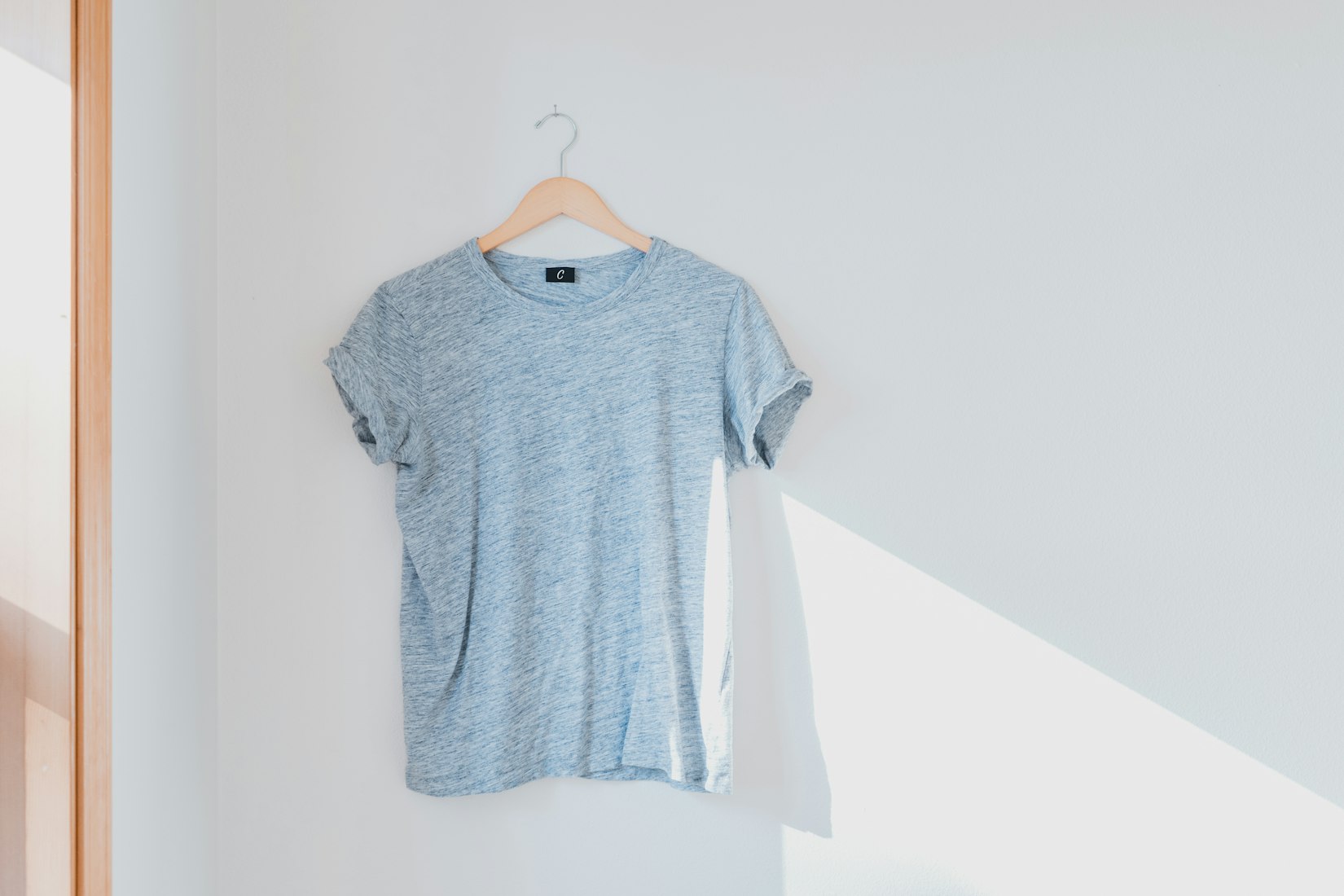
 English
English Arab
Arab
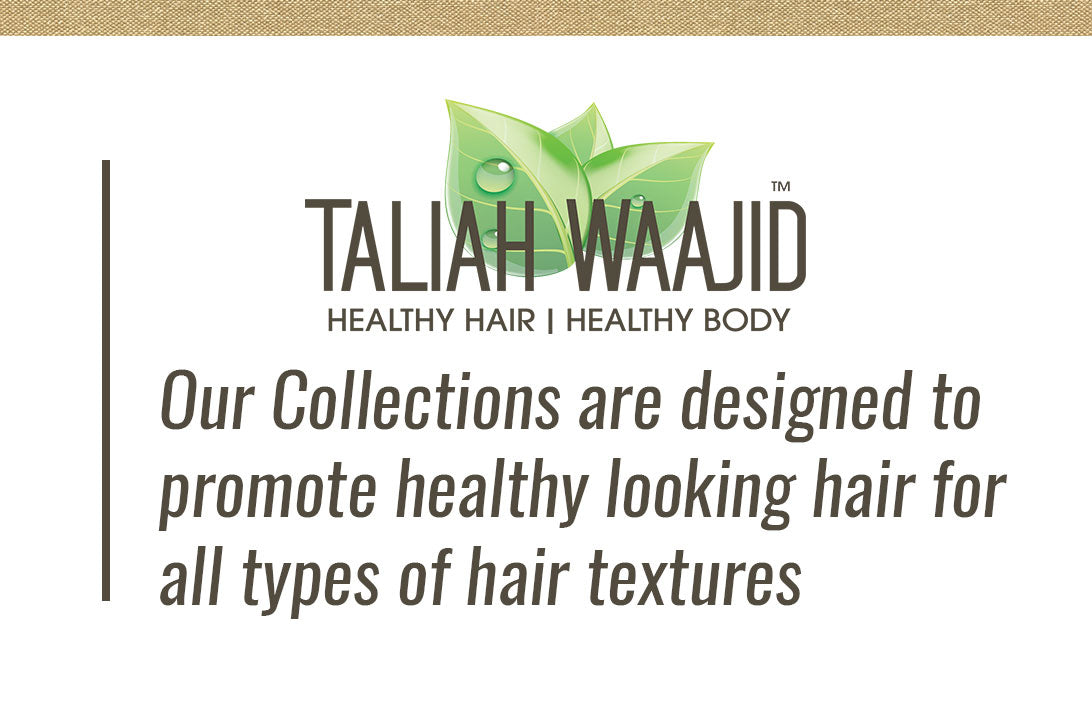
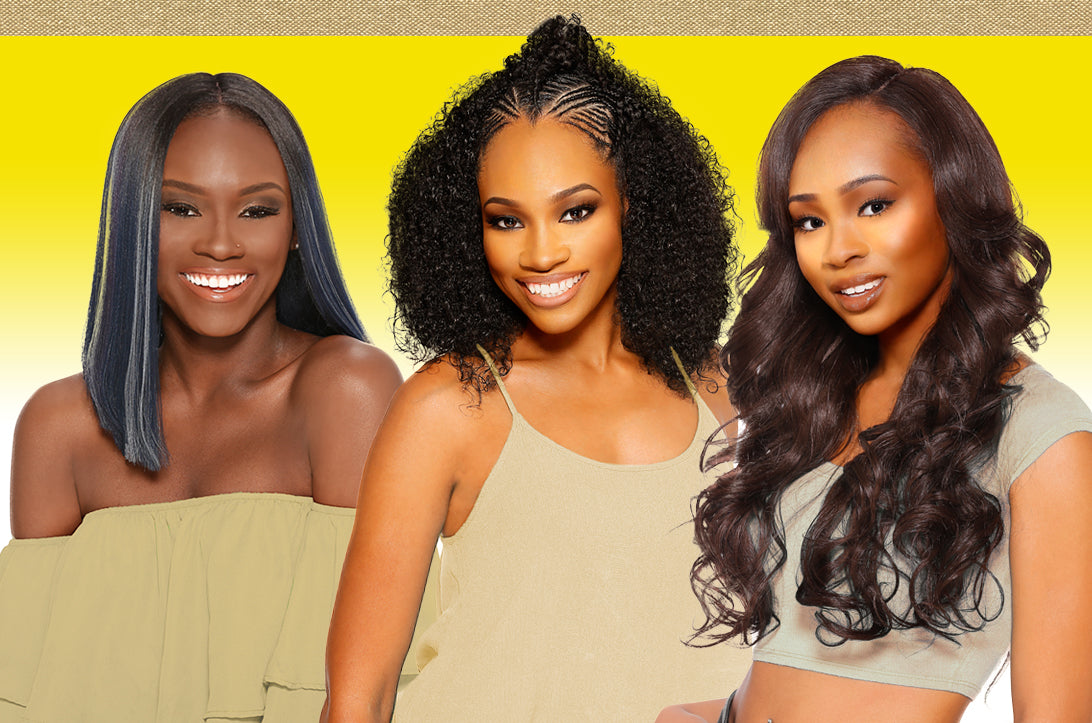




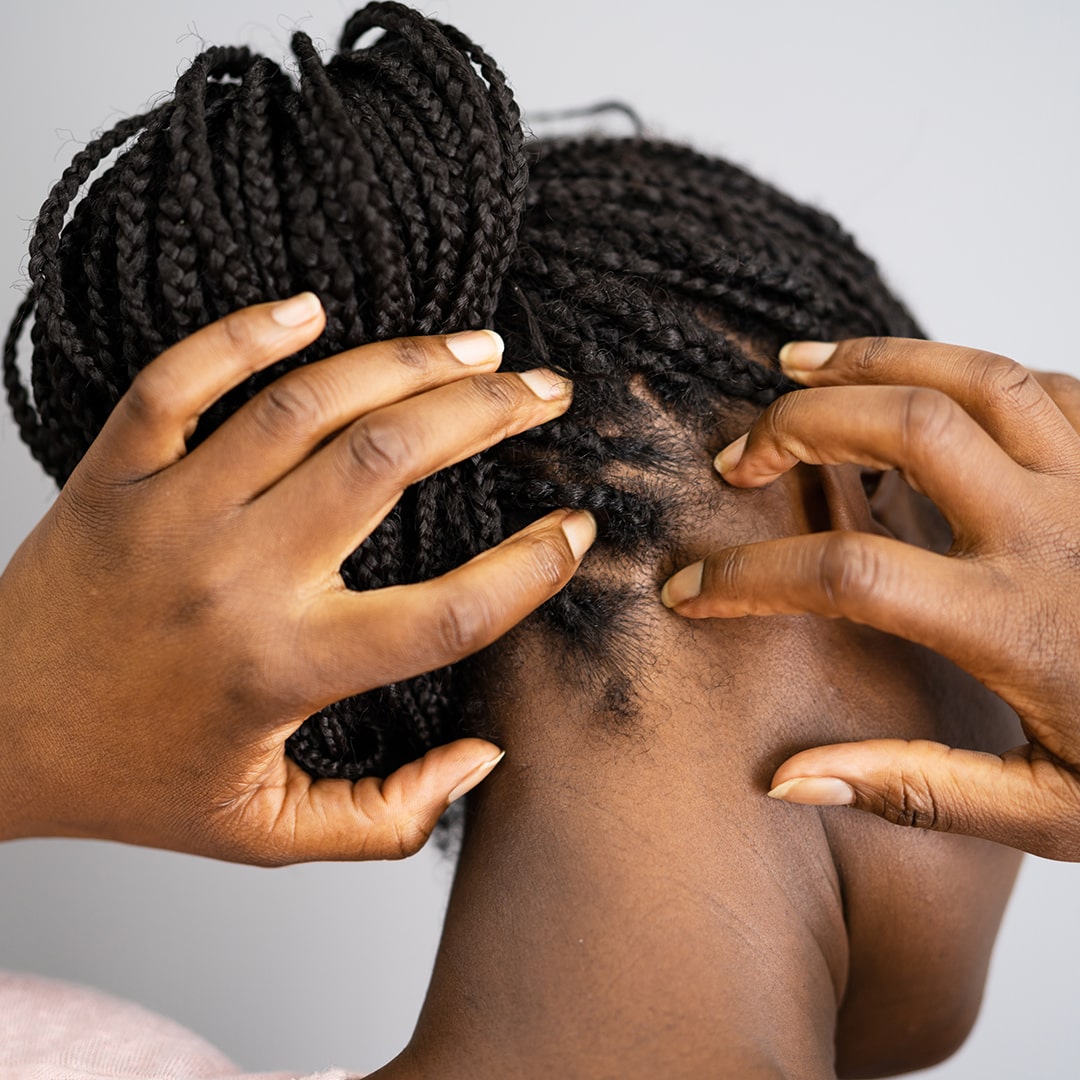



Cabonia,
We are happy our products work well for your hair. You can purchase larger sizes are available online at natuarlhair.org.
Customer Service
Natalie,
Conditioner should be rinsed out of hair entirely with tepid water to avoid any build-up in the hair. Leave-in conditioners can be left on the hair.
Thanks
Customer Service
Taliah Waajid is definitely the product for me. After trying many other products, nothing holds my hairstyle as well. I must have it and find the largest container to keep it in store.
I’ve read and heard several times to leave a little conditioner on your hair after rinsing. Well let’s just say, that doesn’t work because it will flake eventually. I never experienced an itchy scalp but possibly using other products along with semi-rinsed hair caused my flaking.
I learned today that some products don’t mix well.